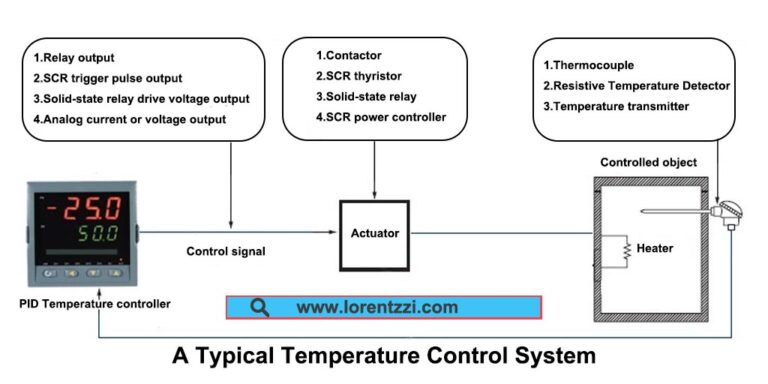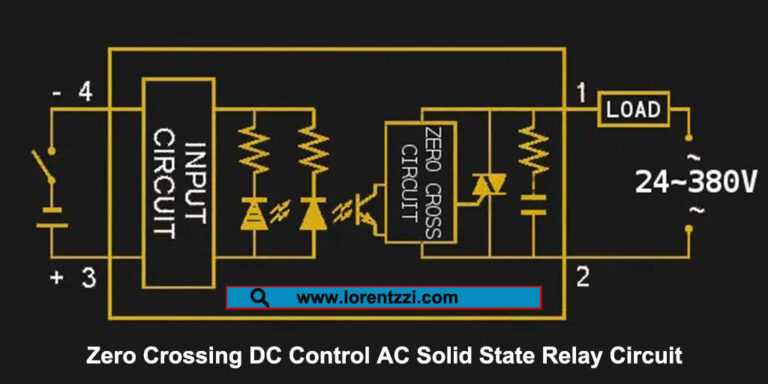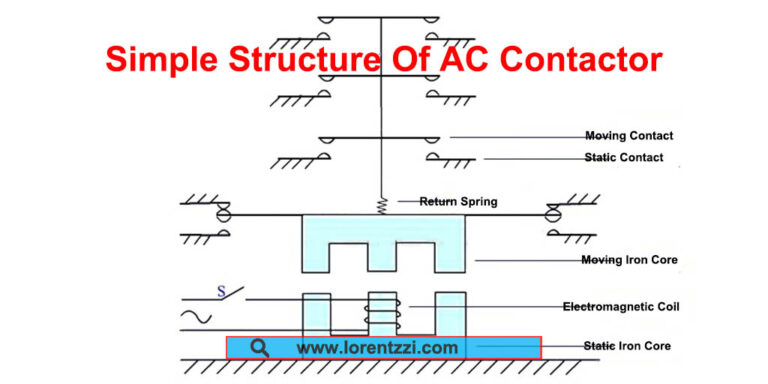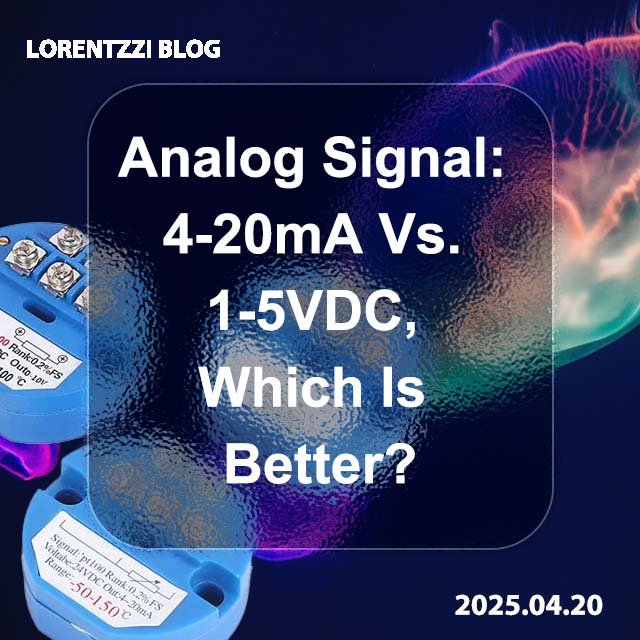Both SSR and AC contactor are widely used in temperature control systems as actuators to control heating elements. But which one is better? Today we will discuss and explain it from several aspects such as control speed and product service life.

Table of Contents
Control Speed Difference
There is a significant difference in switching time between solid-state relays (SSRs) and AC contactors, which is mainly determined by their working principles and design structures.
Switching Time Of Solid-state Relays:

Solid-state relays are contactless electronic switches that usually switch much faster than mechanical AC contactors. The reason is that SSRs use semiconductor devices such as transistors and bidirectional thyristors to connect and disconnect circuits. The solid state relay switching speed is 30 ms.
Switching Time Of AC Contactors:

AC contactors are mechanical switches that work on the electromagnetic principle, and their switching time includes the closing time of the coil and the contact time of the contacts. The action time of a general electromagnetic relay is 0.3-0.5 seconds, while the action time of a reed relay is about 0.2 seconds. This means that the switching time of an AC contactor is usually on the order of hundreds of milliseconds.
Comparison:
From the above information, it can be seen that the switching speed of solid-state relays is much faster than that of AC contactors. The fast switching characteristics of SSR give it an advantage in situations that require fast response (such as high-frequency switching applications). The AC contactor has a relatively slow switching speed due to its mechanical moving parts, but it is still a viable option in some applications that do not require fast switching or are cost-sensitive.
As we all know, a temperature control system consists of three parts: PID temperature controller, actuator, and heater. According to the data sheet of Omron brand fast sampling 50ms, RKC, and Autonics brand low sampling 100ms PID temperature controller, its sampling time is faster than AC contactor(300-500 ms) and slower than SSR(30 ms), so this means that in the temperature control system, SSR has better control speed than AC contactor.
Product Service Life Difference
Lifetime Of Solid-state Relay
There are no mechanical parts inside the SSR, and the structure adopts a full-sealed injection method, so it has the advantages of vibration resistance, corrosion resistance, long life and high reliability. And if a solid state relay is under well heat dissipation condition, it can work at least 500 million on/off cycles.
Lifetime Of AC Contactor
The mechanical life of an AC contactor is usually 1 million times. The contact overtravel will decrease with electrical wear until the contactor fails.
Comparision
It is obvious that the lifespan of the solid state relay is better than the AC contactor. If under the same frequency conditions, for example 10000 times per day, the solid state relay can use at least 136 years, while the AC contactor can use maybe 1.5 years.
Conclusion
In summary, the switching time of solid-state relays is much faster than that of AC contactors, and their lifespan is much longer, so they are more suitable for precise control of temperature control systems and heaters. Of course, no product is perfect. The disadvantage of solid-state relays is that they generate too much heat when working, so solid-state relays need to be used with a heat sink. It is also for this reason that if the load current is the same, the price of solid-state relays is much more expensive than that of AC contactors.










